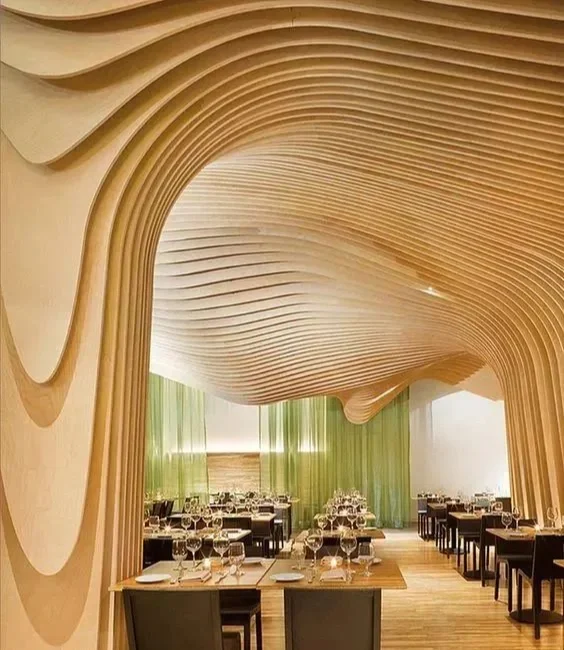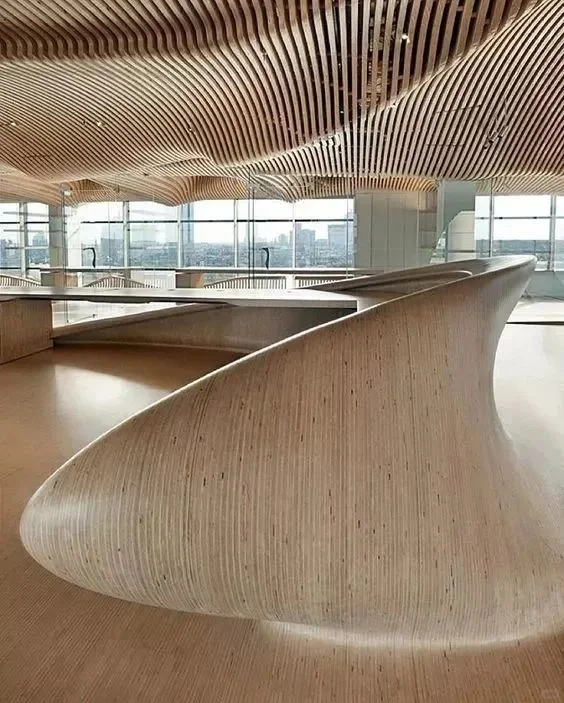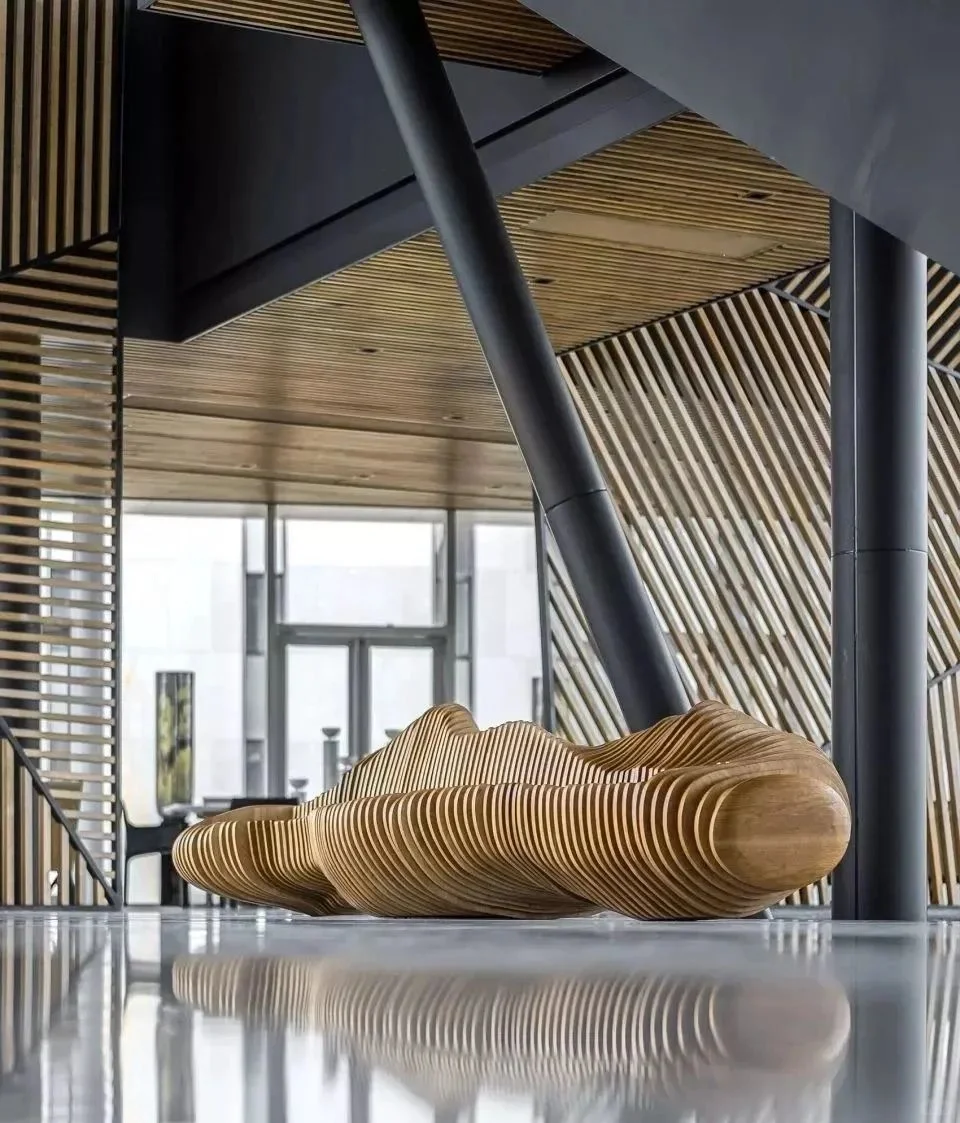
Differences between natural veneer, technological veneer, dyed veneer and spliced veneer


 01. Material Overview
01. Material Overview
Veneer is also called thin wood or veneer. It is used for veneer decoration of furniture and other products. It is a kind of wood-like thin veneer or veneer material with the characteristics of precious tree species.
02. Material Category
From the perspective of classification logic, there are many classification standards for veneer, such as thickness, manufacturing method, shape, source, etc.
1) Classification by thickness
Thickness greater than 0.6㎜ is called thick veneer, and vice versa is micro veneer.
2) Classification by manufacturing method
It can be divided into tangential cutting, radial cutting, rotary cutting and split cutting.
3) Classification by shape
It can be divided into natural veneer, dyed veneer, technological veneer, spliced veneer, rolled veneer (non-woven veneer).
4) Classification by source
It can be divided into domestic veneer and imported veneer.
03. Price range
Due to the different types, specifications, scarcity of wood, and craftsmanship of veneer, the price of veneer varies greatly. Generally speaking, the price ranges from 10 to 100 yuan per square meter. The prices will also vary in different sales areas. The above prices are for reference only.
04. Construction process
As a natural material, veneer needs to be attached to other materials to play its decorative role. The most common method of use is to press the veneer on artificial boards or finger-jointed boards to make veneer veneer panels, and then process them into furniture.
If the veneer thickness is less than 0.3mm, it can be pasted with latex or universal glue. If the veneer thickness exceeds 0.4mm, it is best to use strong glue.
Steps for hand-pasting veneer:
a. Soak the veneer completely
b. Polish the surface of the object to be pasted and make it smooth and apply glue
c. Paste the veneer on the object to be pasted, align the position and smooth it, then use a scraper to gently scrape it flat
d. Wait for the veneer and glue to dry, iron the veneer with an iron to make it completely adhere to the surface of the bottom layer
e. Use a sharp blade to cut off the excess veneer along the edge
Quick View
You can check what you need
Copyright © 2023 E&R Wood Co,.Ltd All Rights Reserved. Powered By: www.300.cn SEO


 Factory: Zhouwei Village,Yanggongzhou,Shatian Town,Dongguan City,China
Factory: Zhouwei Village,Yanggongzhou,Shatian Town,Dongguan City,China 